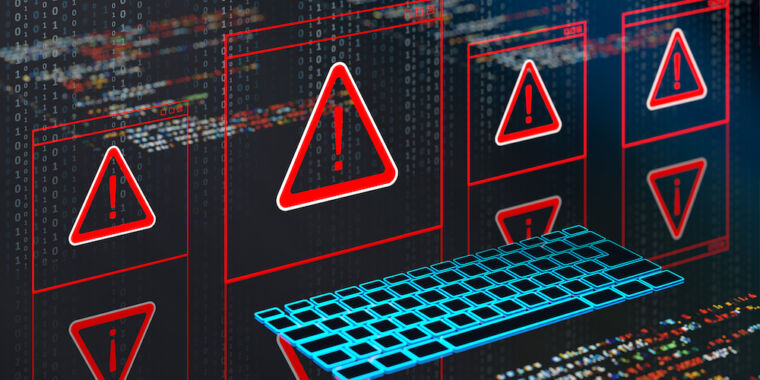Proper Heat Dissipation in SMT Circuit Board
Ensuring proper heat dissipation in Surface Mount Technology (SMT) circuit boards is crucial for maintaining the performance, reliability, and longevity of electronic components. Effective thermal management strategies are essential to prevent overheating, which can lead to component failure or reduced operational efficiency. Here are several key methods to ensure proper heat dissipation:
Thermal vias are holes filled or lined with conductive material (typically copper) that connect the top and bottom layers of the PCB. They transfer heat away from hot components to other areas of the board or to a heat sink on the opposite side. Proper placement and density of thermal vias can significantly enhance heat dissipation. Utilizing large copper planes or layers within the PCB can act as heat spreaders. These planes help distribute heat more evenly and prevent localized hotspots. Inner layers of the PCB can also be used as thermal planes, connected to surface components through vias.
Selecting materials with high thermal conductivity is essential. FR-4 is commonly used, but for better thermal performance, materials like metal core PCBs (MCPCBs) or ceramics can be considered. Distribute heat-generating components across the PCB to prevent localized heat buildup. Spacing these components apart allows for better airflow and reduces the risk of thermal interference.
Place heat-sensitive components away from high heat sources. Ensure that temperature-sensitive parts, such as capacitors and certain ICs, are positioned in cooler areas of the PCB. Attaching heat sinks to high-power components, such as power transistors or voltage regulators, can significantly enhance heat dissipation. Heat sinks increase the surface area available for heat transfer to the surrounding air.

How to Ensure Proper Heat Dissipation in SMT Circuit Board
Use thermal interface materials (TIMs), such as thermal pads or paste, between components and heat sinks. TIMs improve thermal conductivity by filling air gaps and ensuring better contact between surfaces. Incorporating fans or blowers can actively move air across the PCB, aiding in heat dissipation. This is particularly useful in high-power applications where passive cooling methods are insufficient.
For extremely high-power or densely packed PCBs, liquid cooling solutions can be implemented. These systems use a coolant circulated through pipes and radiators to absorb and dissipate heat. Utilize thermal simulation tools during the design phase to predict and optimize heat dissipation. Software like ANSYS, COMSOL, or specialized PCB design tools can model thermal behavior and identify potential hotspots.
After design, build prototypes and conduct thermal testing using infrared (IR) cameras or thermocouples. This testing validates the thermal performance and ensures that the design meets the required thermal specifications. Ensure that manufacturing processes maintain tight tolerances for component placement and thermal via filling, as variations can impact thermal performance.
Design for long-term reliability by considering factors such as thermal cycling, which can affect solder joints and component integrity. Use components rated for the expected operating temperature range.
By integrating these strategies, designers can effectively manage heat dissipation in smt circuit board. Proper thermal management not only enhances the performance and reliability of electronic devices but also extends their operational lifespan, ensuring robust and efficient functionality in various applications.












+ There are no comments
Add yours